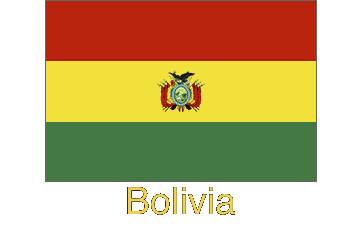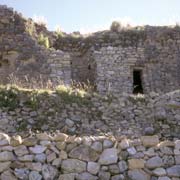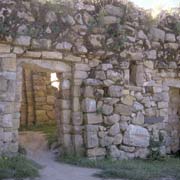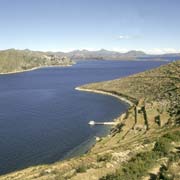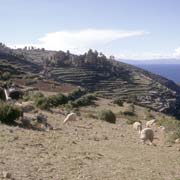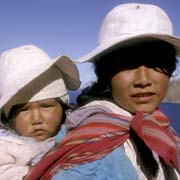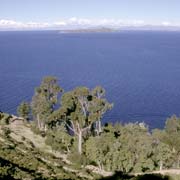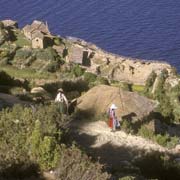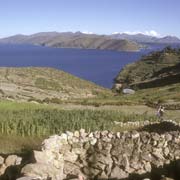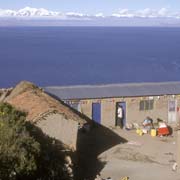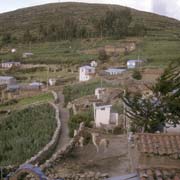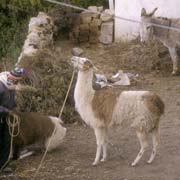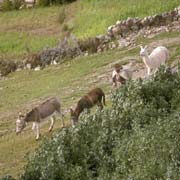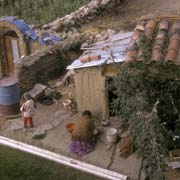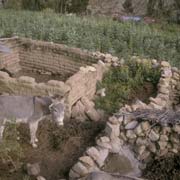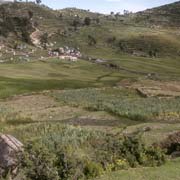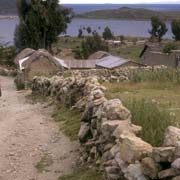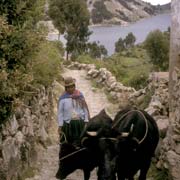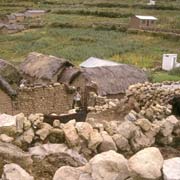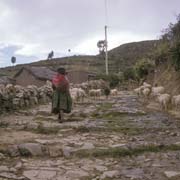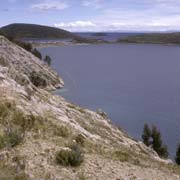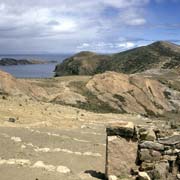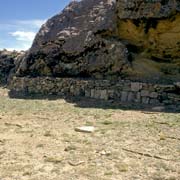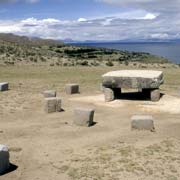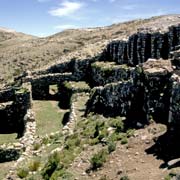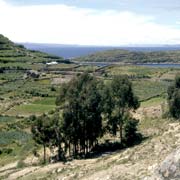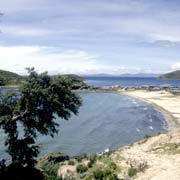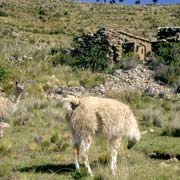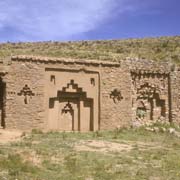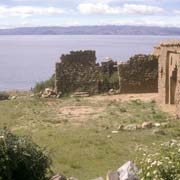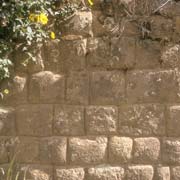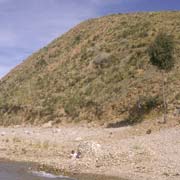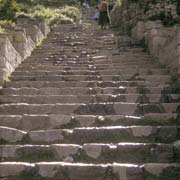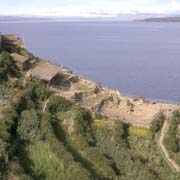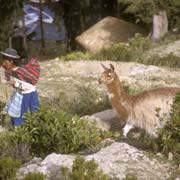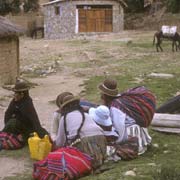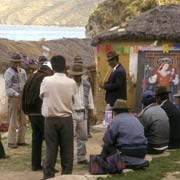Photos of Isla del Sol, sacred island of the Incas, Bolivia
Isla del Sol, sacred island of the Incas
Isla del Sol, the Island of the Sun, is considered the birthplace of the Sun in Inca mythology. It is the original place of the bearded white god Viracocha and the children of Inti, the Andean deity identified as the Sun, the first Inca, Manco Capac, and his sister, Mama Huasca or Mama Ocllo, who, according to custom, was also his wife.
you may then send it as a postcard if you wish.
Manco Capac is said to have emerged from a prominent crag in a large sandstone outcrop known as Titikala (Roca Sagrada or Sacred Rock) in the northern part of the island. In another version of the myth, there was no light in the sky for many days; people grew frightened of the darkness. Finally, they saw the Sun emerge from the crag and believed it was the Sun’s dwelling place. Still, another version tells that the bluff was dedicated to the Sun because it hid under it during a great flood. When the waters receded, the island was the first land to appear, and the Sun emerged from Titikala, lighting the sky once again.
Isla del Sol remains a sacred place for the local Quechua and Aymara people; the Aymara name of the island is Titi’kaka. Many Inca sites are on the island, like Pilco Kaima, set about 20 metres above the lakeshore, a palace with its characteristic trapezoid doorways. Further on is the village of Yumani with its guesthouse, Posada del Inca Malku, offering great views over the lake and the snowcapped peaks beyond on the one hand and rural village life on the other. On the way to Challapampa, the small village of Challa is another farming community with thatched farmhouses and llama and donkey corrals. It has a small museum with medallions, vases, puma-faced incense burners and other artefacts of the pre-Inca Tiahuanaco culture recovered here. A footpath leads towards the attractively situated village of Yampupata, on the northern part of Isla del Sol. Not far from Yampupata is the Sanctuary Area, the focal point of solar worship for the Inca and other prehistoric cultures on the Island of the Sun. A temple was built by this rock and later extended by the 10th Inca Tupac Inca Yupanqui. About 300 meters southwest of Titikala (Roca Sagrada or Sacred Rock) is an elaborate Inca ruin called the Chincana (the Labyrinth). Its walls were once covered with mud plaster and had been painted in various colours. There are trapezoidal doors and niches indicative of Inca architecture. Many rooms within the Chincana are connected by twisting passageways, giving a maze-like feeling to this complex, earning it the name of Laberinto Chincana. It is believed that it housed the women who cared for the shrine at Titikala.
On the eastern shore of Isla del Sol is Escalera del Inca, an Inca stairway that leads from the beach 205 steps up to the stone fountain, the Fuente del Inca, with natural spring water spilling down channels besides the ancient stone steps. The fountain has three spouts, each supposedly fed by an individual spring. There are great views from the footpath above the Fuente del Inca, across the lake towards the smaller Isla de La Luna; children pose with llamas for tips, but otherwise, life in these farming communities goes on it has done for centuries.
Koati or Isla de la Luna lies to the east of the bigger Isla del Sol. According to legends that refer to Inca mythology, it is the place where the god Viracocha commanded the rising of the moon. The Palacio de las Virgenes del Sol (Palace of the Virgins of the Sun) was an Inca nunnery on the island’s eastern shore. Only a few families live here.


